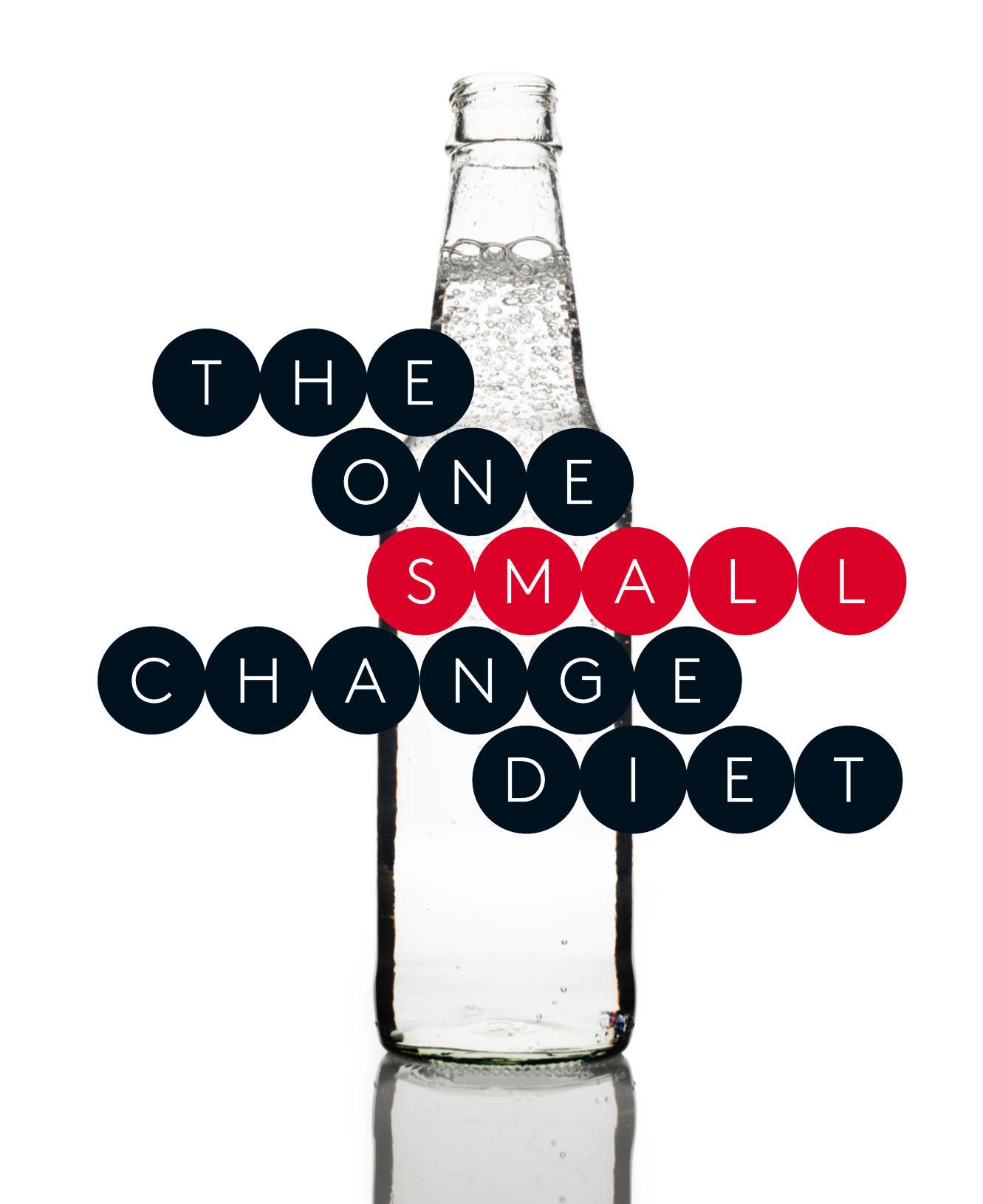
2 minute read
Curtsy lunge
Thisis real
02.2016
Advertisement
ITARU SUGITA(2014)
ADD ONE OF THESE 15SIMPLE TWEAKS TO YOUREVERYDAY ROUTINE—AND SEE WHY THE BEST WAY TO LOSE WEIGHT MAY ALSO BE THEEASIEST.

IF A CHANGE DOESN’T FIT YOUR LIFESTYLE, IT’S NOT GOING TO WORK FOR YOU. IF YOU LOVE SWEETS, YOU WON’T BANISH THEM ALTOGETHER.
Written by Laura Schocker • Photographs by James Wojcik • Food Stylingby Brett Kurzweil

IT’SA PERENNIAL CYCLE: You notice thatyour favoritejeans area little snugger than theywere last year.Yougetwindedafter a flight ofstairs.Ormaybeyou’re just feelinga renewedcommitmentto well-beingafteraholidaysugar bender.Thencome thepromises— a three-day juice cleanse, the treadmill everyday foramonth,no sugar(orisitnocarbs?) ever.But then reallife sneaks up onyou— and beforeyouknowit,you’veabandonedthe entireplan.
Turns out,there’s nothingwrong withyour willpower.Instead,you might bebitingoffmorethanyou can chew(no punintended).The reasondietsbomb sooftenistheallor-nothing extremism peopletend toapplytoweight loss. “Ourculture givespeople twooptions:Take big actionor do nothing,”says JamesO. Prochaska, Ph.D.,a professorofclinical andhealthpsychologyatthe University of Rhode Island, in Kingston,andthe authorof Changing for Good. Whenthebig actioninevitablyfails,peoplebecomedemoralizedandgobacktodoingnothing.
“Therareindividual canmakea dramaticlifestyle changeand sticktothatvery quickly,” says DariushMozaffarian,M.D., the dean oftheTuftsUniversityFriedman SchoolofNutrition.Fortherest of usmortals,theanswer tosustainableweightloss probablylies in the middle ground—making small, incrementalchangesor meaningful shifts thatcan makea difference, withoutaffecting qualityoflife.
Research showsthatthe trickto stickingtoa nutritionandfitness plan—andseeingresults—might be findingthe onesmallchangethat worksforyou,explains Lesley Lutes,Ph.D., an associateprofessor anddirectorofclinicaltrainingin thedepartment ofpsychologyat theUniversityofBritish Columbia, OkanaganCampus,whohas publishedfourstudies ona“small change” approachtoweightloss. “Thereisnoone smallchangethat worksfor everybody,”shesays.
She treatspatients in herclinical trials andpracticewithaprogram thatworkslikethis:Foroneweek, participantsrecord everything they eat andtrack theirstepswitha Fitbit. They thenlookatthoserecordsfor placesto makethreetofive small diet changesofabout 100calories each,meaning theyconsistently consume several hundredfewer caloriesaday.(Think reducingthe amountof milkinyourcoffeeor takingthe cheeseoffyour salad.)
Thegreatnews:InLutes’sfirst study,overweightandobese volunteerswhoparticipated in the small-changeprogramlost seven morepounds in thefirstfourmonths than did thosewhoreceivedtraditionalweight-losstreatment, which includedregular meetingswitha nutritionisttolearnaboutU.S. government guidelinesondiet and fitness. Plus, theykeptitoffinthe followingmonths.
Lutessaysthat,accordingto patients,thislessrestrictive approach ismore manageableand maintainable overtimecomparedwith trying tofollow aspecificdiet plan.Even better:Whenyou succeed ata small goal—rather than failing at a big one—youfeelmotivatedtotackle further goals,saysProchaska.Which means,inthe longrun, that small changes canadd up tobigchanges.

15
SMALL CHANGES FOR BIG RESULTS
No. 1
REMEMBER: THE BEST DAYS START WITH PROTEIN
Protein can support both weight loss and maintenance, according to a 2015 research review published in American Journal of Clinical Nutrition. And while eating about 24 to 35 grams of high-quality protein is important at every meal, it’s key in the morning, says lead researcher Heather Leidy, Ph.D., an assistant professor of nutrition and exercise physiology at the University of Missouri, in Columbia. (Most people consume 10 to 15 grams at breakfast or skip it altogether.) “Protein increases satiety throughout the day,” says Leidy, “and this leads to reductions in food cravings and unhealthy evening snacking.”
This could be the equation for the ideal weight-loss breakfast: a two-egg omelet + low-fat cheese + two ounces of lean meat (such as lean ground beef or turkey). No time to cook eggs? Try Greek yogurt with nuts.










